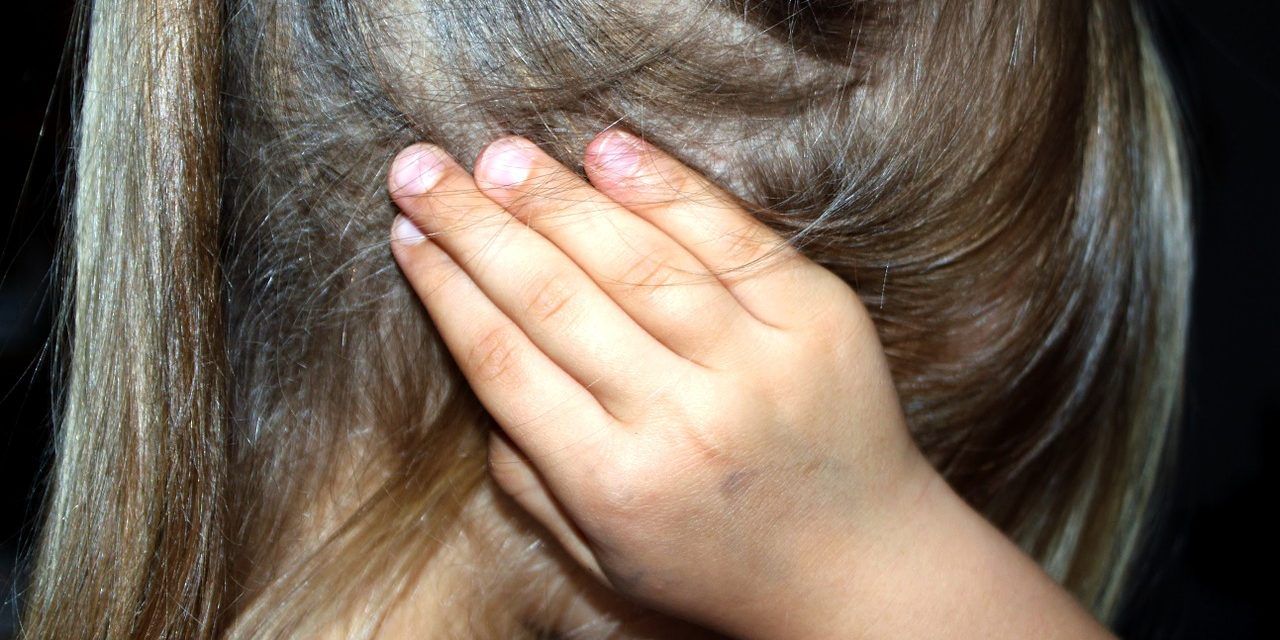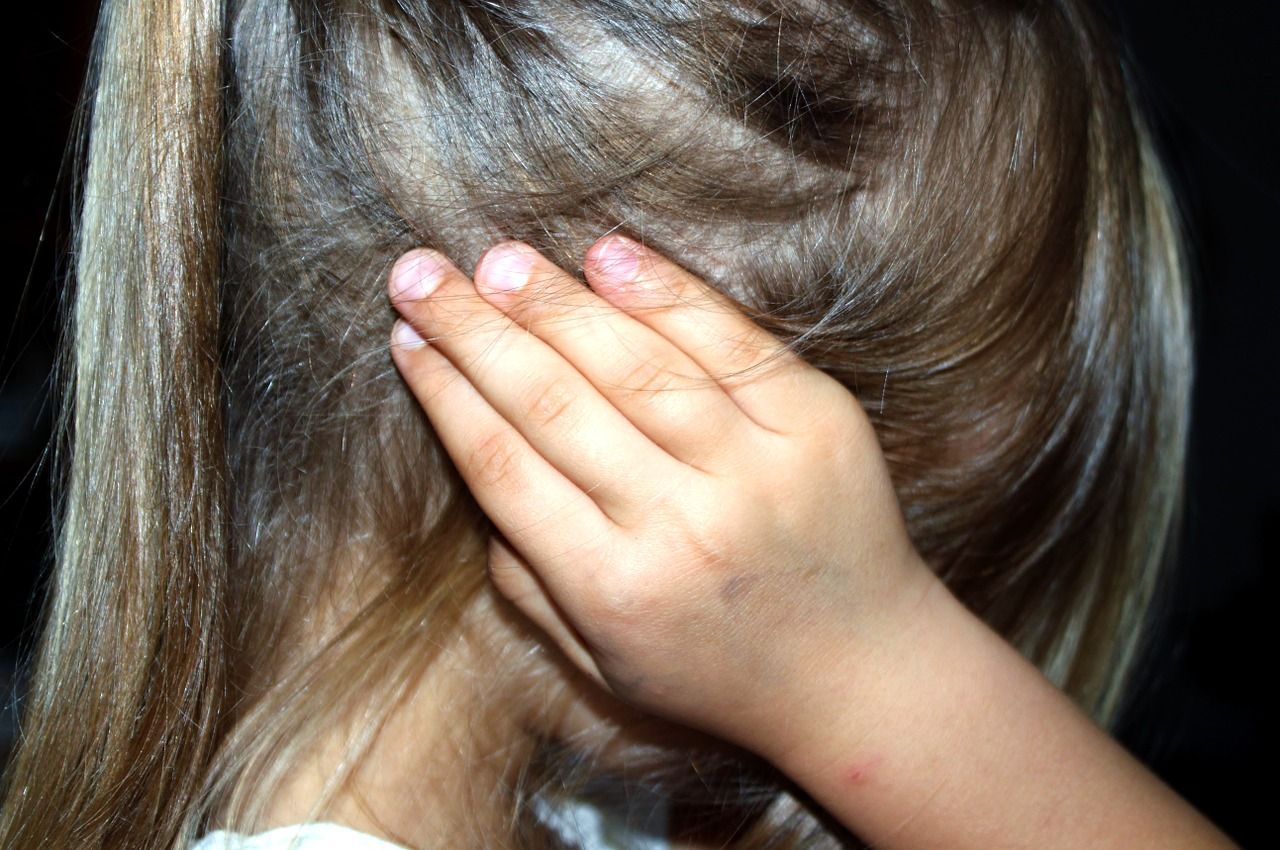Educating Families on Child Abuse and Domestic Violence
Most domestic abuse, be it domestic violence between partners or child abuse, is sadly hidden from society, law enforcement and social workers. Both perpetrators and victims become adept at hiding the abuse. However, it is thought that 15% to 25% of women are abused in their childhood or adulthood with domestic violence thought to affect between 9% and 44% of women, depending on how it is defined. Research also shows that 55% of domestic abuse victims are women — so despite stereotypes, domestic violence is all too common for males, as well.
Child Abuse
Child abuse is divided into different categories though some may suffer from multiple types of abuse. Every year there are 1,740 fatal cases of child abuse and 579,000 cases of non-fatal child abuse. These types are:
Physical
Emotional or Psychological
Sexual
Neglectful
These kinds of abuse lead to a wide range of effects ranging from immediate injuries, poor health, and possible malnutrition, through to long-term psychological and social issues including lack of trust, anxiety, isolation, violent behavior, depression, low self-esteem, slower than average development, and substance abuse.
Domestic Violence
As with child abuse, domestic violence can be broken down into several types. Domestic violence affects both genders. Often there will be one victim and one perpetrator, but there will often be cases where both partners fulfill both roles. These types of domestic abuse include:
Physical
Emotional and Verbal
Financial or Economic
Sexual
For more information on how to seek help and to read the full guide, please visit this child abuse and domestic violence page. This guide covers not only the types of abuse and their long-term effects as laid out above, but also who the abusers tend to be, how it happens, socio-economic costs, care, and prevention strategies.








